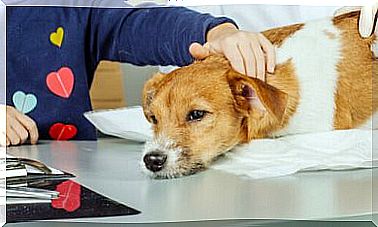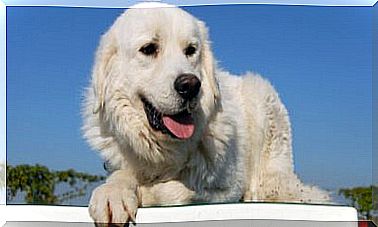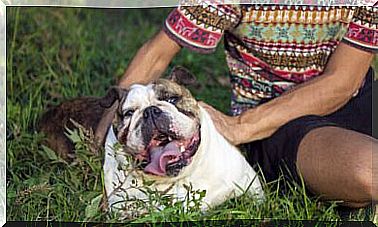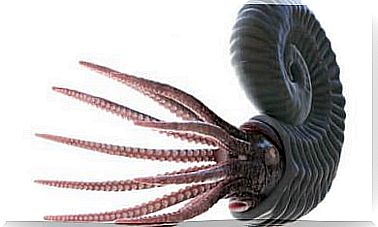Chemotherapy In Dogs, Is This Possible?

Dogs can also suffer cancer and need treatments that help them to remove the tumors, or at least to stop them, and above all, to ease the pain.
So, thinking about the fact that they are more fragile than us, we can ask ourselves: is chemotherapy possible in dogs? Whether your pet is going through this bad time or not, this question will help you know the answer.
Let’s talk about that and what other questions might arise if you have to face this issue.
Chemotherapy in dogs

It is rather an option to treat the cancer that afflicts dogs, or at least to curb its destructive effects. However, we understand that those who have a pet suffering from cancer, or who have not heard about this topic, have some doubts, such as:
What type of cancer can be treated with chemotherapy?
Not all cancers in dogs can be treated with chemo. The most common are lymphosarcoma, as the tumor in lymphocytes is known, and mast cell tumor, as the tumor in cells called mast cells is called.
Around 80% of cases of these types of cancer respond positively and some increase the animal’s life expectancy by another year.
How is chemotherapy done in dogs?
The way it’s done is the same as in humans. A cancer causes cancer cells to multiply much faster than healthy cells in the body and kills normal ones. Chemotherapy destroys cancer cells, thus eliminating any malignant tumors that the animal may have.
The smaller the tumor, the greater the possibility of eliminating it using this method. However, when the tumors are large, these malignant cells are at rest and it is much more difficult for chemotherapy to identify them.
It is always possible to do chemotherapy in dogs
This will vary from dog to dog, the type of cancer and what the owners decide. Chemotherapy is used in these types of cancer:
- Tumors that affect most of the dog’s body, such as those that attack the lymphatic system.
- The ones that can easily spread to all parts of the body. The first step is to operate on the tumor, and the second step is to administer chemotherapy to the dog.
- Localized tumors that cannot be completely removed with surgery.
- The ones that cannot be eliminated because they are too big. In that case, chemo would be used to reduce them or to stop their growth.
It is not recommended to use chemotherapy in those who have metastases and whose vital organs are affected, as it would only be able to further weaken the dog’s health.
Does it cause side effects? Which ones are they?
Unlike in humans, side effects in dogs are mild and temporary, if they appear in some cases. The probability of suffering these effects is around 5%. The most common are these:
- Changes in the digestive system, such as lack of appetite, nausea and vomiting.
- Decrease in body defenses.
- Hair loss.
Is it also possible to use radiotherapy in dogs?
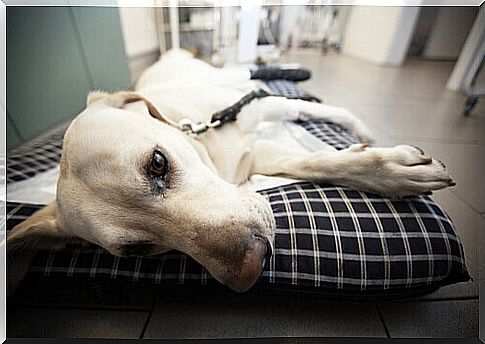
Yes, it can be done as an alternative treatment to chemotherapy in dogs for cancers that are not too aggressive. And above all those found in the animal’s nose.
However, this therapy does not exist in countries like Spain, for example, where we hope they will implement it soon.
As you can see, if your dog or someone you know has cancer, don’t worry, there are many things you can do to save his life. Talk to your veterinarian to tell you what steps to take and what would be the best treatment for your pet.


